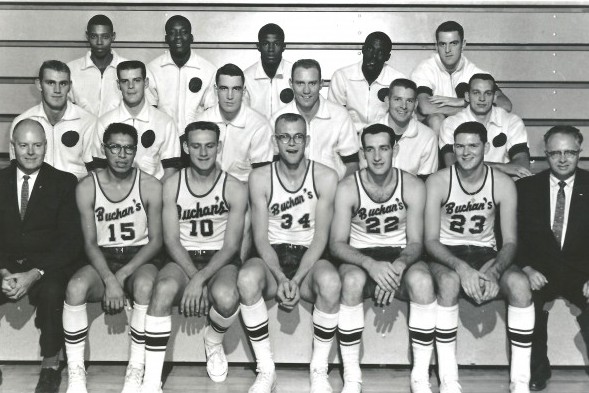
By David Eskenazi and Steve Rudman
Anyone who strolled a Seattle, Tacoma or Bellingham street from the late 1920s through the mid-1960s would have been familiar with the fleet of automobiles (originally Model-T Fords) and delivery trucks operated by the Buchan Baking Company, a Wallingford-based maker of bread and other bakery products.
On the side of those trucks, as well as on numerous billboards and window signs, Buchan mainly touted its iron-fortified, white enriched bread, sealed in a plastic wrapper with a distinctive red and green Tartan band, as The Good Bread, Bonnie Good Bread and The Bread of Basketball Champions.
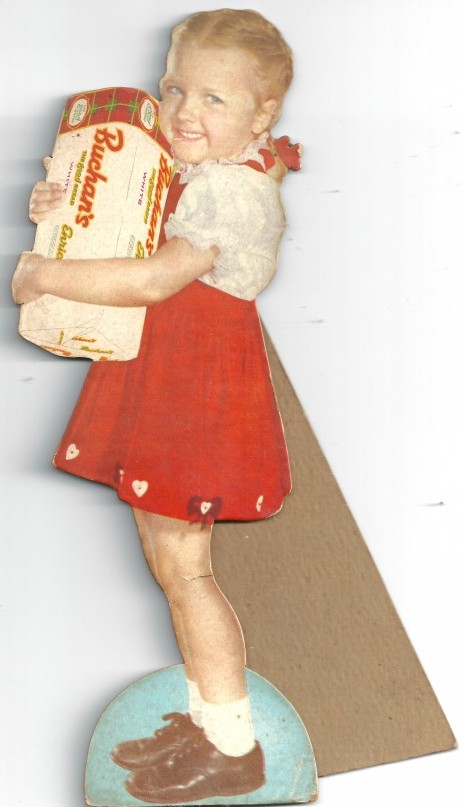
The basketball champions in question, the Buchan Bakers (pronounced both Bew-can and Buck-can during the teams existence), represented the bakery in the regional Northwest AAU League from 1948 through 1957, and in the National Industrial Basketball League from 1958 through 1961. They came to national prominence in 1956 by winning the national AAU Tournament as a huge underdog, and then becoming the first U. S. team, pro or amateur, to play behind the Iron Curtain.
Except for the years 1951-53, when Bob Houbregs and the OBrien twins (Johnny and Eddie) starred at the University of Washington and Seattle University, respectively, and 1956-58, when Elgin Baylor certified himself a Chieftains legend, the Buchan Bakers played the highest quality of basketball in the Northwest, largely with players who had exhausted their eligibility at local colleges and universities.
During that pre-NBA era, athletes who left college before the formations of the American Basketball League (1961) and American Basketball Association (1967) did not have many options if they wished to continue playing.
They could try to make a professional (Basketball Association of America or National Basketball League) roster, but jobs were scarce. They could also join the semi-pro Eastern League, or they could play AAU ball.
In the late 1940s, the Basketball Association of America (renamed the National Basketball Association in 1949-50 after it merged with the National Basketball League) had only eight franchises, none west of Chicago or south of St. Louis.
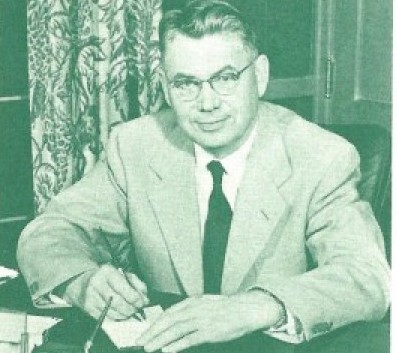
Since most Eastern League teams were in Pennsylvania, that left plenty of geography to occupy. The Amateur Athletic Union (which governed almost all amateur athletics in the United States from 1936-68), sporting hundreds of teams and willing corporate sponsors, claimed a great part of that landscape.
Strong in the Midwest, Southwest and West Coast, obviously where pro basketball had not yet established a presence, AAU ball made a lot of sense for players unable or unwilling to turn professional. The AAU offered a high level of competition and allowed players to retain their amateur status and, thus, their eligibility for the Olympic Games.
As important, corporations sponsored many AAU teams and provided jobs and management training to the players in their employ. In many cases, a player could make more in cash and benefits playing for an AAU team than he could playing pro basketball, which, in those days, offered little of either.
In 1956, the Minneapolis Lakers made Terry Rand, a forward out of Marquette, their second-round draft choice. The Lakers, who had no TV income and were nearly bankrupt, offered Rand a one-year, $7,500 contract, decent for the day.
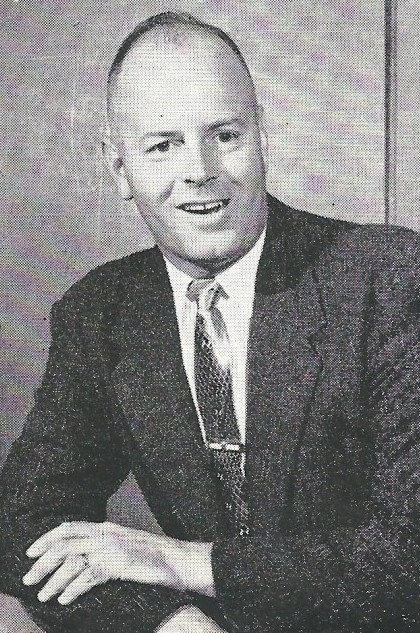
An AAU team, Denver-Chicago Trucking, offered Rand $400 per month to work for the company, an opportunity to train for an executive position, fringe benefits and a large signing bonus. Under this arrangement, Rand technically remained an amateur, according to the AAU, which had say-so in such matters.
Denver-Chicago Trucking also offered Rand an employment opportunity after his basketball career ended. With an eye on future security, Rand elected to play for Denver-Chicago Trucking instead of the Lakers, who might have gone belly-up if Elgin Baylor hadn’t signed with them two years later.
Through similar enticements, AAU teams lured numerous All-Americans away from professional basketball, notably Bob Kurland, an All-America at Oklahoma A&M, who had helped the Aggies win consecutive NCAA titles in 1945-46.
Kurland played six years with the Phillips Petroleums AAU entry, the Phillips 66 Oilers. During that time, he made appearances in the 1948 and 1952 Olympic Games. Kurland spent his post-basketball career working for Phillips, and never would have had that kind of security in the NBA of his day.
Other top collegians started out playing AAU ball and turned professional when the NBA came into existence and began paying better wages. Among the most prominent: Andy Phillip (Fleet Mariner Force), K.C. Jones (Ft. Leonard Wood), George Yardley (San Francisco Stewart Chevrolet), Jim Pollard (Oakland Bittners) and Elgin Baylor (Westside Ford), all eventually Naismith Hall of Famers.
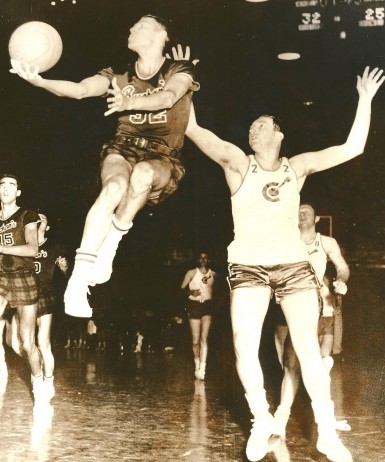
Founded in 1913 by Scottish immigrant George Buchan, who worked in several New England bakeries until 1907 when he moved to Seattle, the Buchan Baking Company employed only a couple of hundred people in Western Washington and didnt have the financial clout to compete for players with the likes of big AAU sponsoring companies such as Phillips Petroleum and Goodyear (Akron Goodyears).
But Warren (Bud) Howard, a Seattle-based oil company purchasing agent who graduated from Washington State University, convinced Colin Buchan, son of George B. Buchan and grandson of the company founder, that sponsoring a city-based AAU team would not only provide his business with an unprecedented advertising opportunity, but establish a training ground for future Buchan Bakery employees.
It soon became policy for Buchan to hire individuals primarily on the basis of their promise as employees, and not primarily on their potential as basketball players (still, tall candidates had a decided edge over short candidates).
Starting with a 20-game schedule, the Bakers launched in 1948 against a circuit of similar amateur clubs in the Seattle area, including Westside Ford, Puhich Cleaners, Darigold Farms, Federal Old Line Insurance, Fort Lawton and Val Kirk Pharmacy.
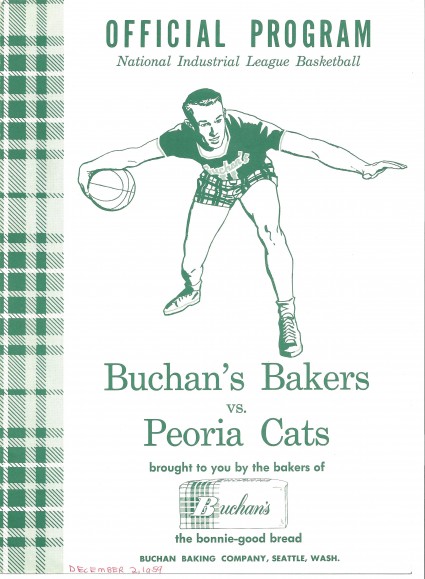
Clad in high, white canvas sneakers and green and red plaid shorts that matched the Tartan design on wrappers that Buchan used for its bread products, the Bakers didnt do much for their first three seasons.
But in 1951-52, after adding center Rod Gibbs from the College of Puget Sound and 5-7 guard Dar Gilchrist from Long Island University to a team that already included ex-Huskies Lou Soriano and Jack Ward, the Bakers won the Northwest AAU title and qualified for the national AAU Tournament in Denver for the first time.
After the Bob Houbregs-led Huskies reached the NCAA Final Four in 1953, Howard began an earnest recruitment of their graduating players. He managed to get Houbregs name on a contract, briefly making Houbregs a Buchan Baking Company employee, but Houbregs ultimately opted to play to the NBA.
As a consolation, Howard signed four other Husky players from the 1953 Final Four team, including Charlie Koon, Joe Cipriano, Mike McCutcheon and Doug McClary, and enlisted another former Husky, Bill Morris, to become the teams new head coach (Howard wanted to focus his efforts on recruiting new players). The Bakers again qualified for the AAU Tournament in Denver, but lost in the first round.
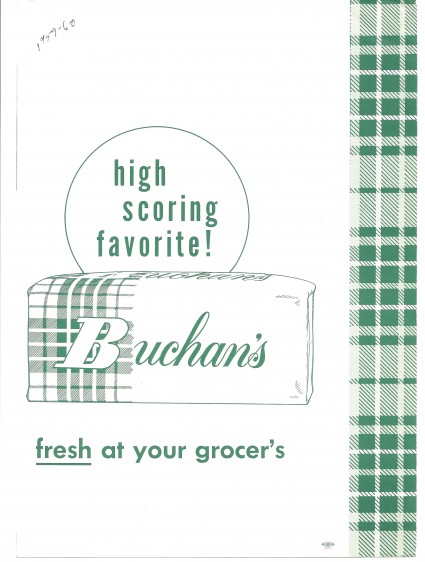
After Morris elected to return to Washington, Howard signed Frank Fidler to take over the teams head coaching duties. A 1942 graduate of Appalachian State Teachers College, Fidler served in the Air Force during World War II and joined the Seattle School District after returning to Seattle, starting out as a teacher and basketball coach at Garfield High School.
(After coaching the Bakers, Fidler became the principal at several Seattle high schools, notably Roosevelt from 1970-77, officiated football and basketball games at the high school and collegiate levels, and helped establish the Washington State High School Officiating Association).
Under Fidler, the Bakers won a first-round game at the AAU Tournament in 1955, but lost to the Peoria Cats in double overtime in a quarterfinal game.
In Fidlers second year, the Bakers produced the best regular season in franchise history (16-2) after Howard acquired 6-10 center Phil Jordon, who later played in the NBA; George Swyers, the NAIAs No. 3 scorer out of West Virginia Tech; forward Dean Parsons from Washington, and Stan Glowaski, a 6-5 guard from Seattle University.
Howard now had the nucleus of a championship team. Koon and Cipriano were adept ball handlers, and Glowaski, the third guard, a strong scorer. Forwards Ed Halberg (University of Oregon) and Frank Guisness (UW) and center Parsons (UW) provided inside depth on the front line.
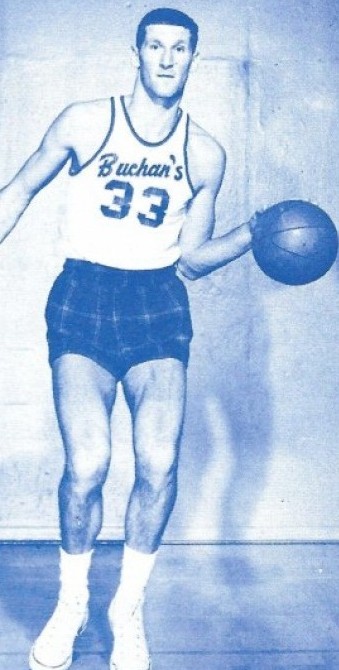
This Bakers team also traveled to Asia to play clubs from Japan, China and the Philippines, developing a chemistry that prepared the Bakers for their third try at the national title a run, by the way, nearly derailed by Elgin Baylor, then playing for Westside Ford while waiting to become eligible to play at Seattle U.
Averaging more than 30 points per game, Baylor led Westside Ford to a pair of regular-season victories over the Bakers, and the teams finished tied for the Northwest AAU League regular-season title with 15-2 records.
In a playoff game on March 3 to determine the league winner, Baylor scored 35 points, but Buchan prevailed 98-70.
Even with the victory, Buchan was given little chance to do much in the AAU Tournament in Denver.
Before traveling there, where Buchan was slotted against Denver Central Insurance, the Pasadena Mirror-Glazers, Allen-Bradley of Milwaukee and the defending national champion Phillips 66 Oilers, the Bakers made a key addition, Bruno Boin, then a sophomore center at the University of Washington.
Boin made significant defensive contributions in Baker wins over Denver Central Insurance (71-57) in the first round and the Mirror-Glazers (68-64) in the second round. Boin then made a huge difference in the semifinals, scoring 17 points, mostly on hook shots, in an 85-75 victory over Allen-Bradley of Milwaukee.
On March 24, with Luke Sewell taking the Rainiers through spring training, Darrell Royal settling in as the new UW football coach, and Seattle U. seeking a replacement for just-resigned basketball coach Al Brightman, the Bakers met the heavily favored and defending tournament champion Phillips 66 Oilers for the national AAU title in the Denver Civic Auditorium.
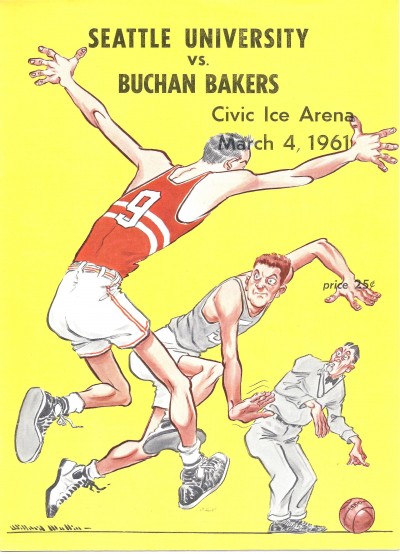
Phillips raced to a 10-2 lead, but Buchan closed the gap and the game remained tight throughout. With the scored tied at 57 and 2:24 left on the clock, Fidler ordered his players to hold the ball for the last shot.
Swyers nailed it from 12 feet as the clock expired, giving Seattle the championship, and providing the AAU Tournament with one of the biggest upsets in its history.
The team that delivered Seattles first national and professional — basketball crown included a fuel company salesman (Guisness), a man who sold trailer parts (Halberg), six Buchan Baking Company employees (Koon, Cipriano, Parsons, Jordon, Swyers and Glowaski), and two college students (Boin and Jim Coshow).
Those job descriptions would have profiled many AAU teams in the 1950s.
By capturing the national AAU title, the Bakers qualified to participate in a round-robin tournament in Kansas City to determine the Olympic team that would compete in Melbourne, Australia, in the fall of 1956.
Before entering that round robin, the Bakers traveled to Europe for a series of exhibition games in France, Spain and Italy. The Bakers then moved on to Czechoslovakia and Poland, becoming the first U.S. team, amateur or pro, to compete behind the Iron Curtain.
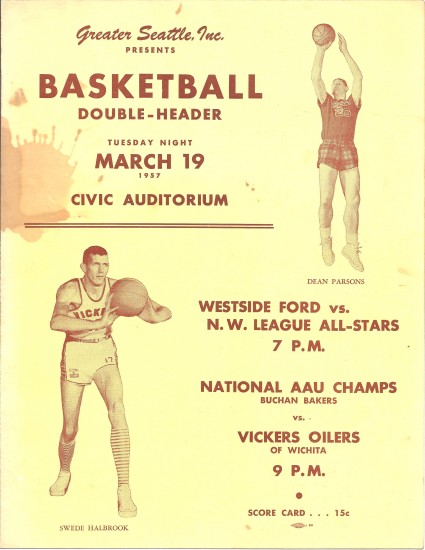
Taking part in the U.S. Olympic Trials upon their return from overseas, the Bakers faced off against the three top amateur squads in the United States the Phillips 66 Oilers, runnerup to Buchan at the AAU tournament; the College All-Stars, and the Armed Forces All-Stars.
The winner of the round-robin event would provide most of the players to the U.S. Olympic team (up to five), with the second-, third- and fourth-place teams providing the balance of the Olympic roster.
Maybe overseas travel got to them, but the Bakers couldnt duplicate their Denver heroics. In the first round, they lost to a College All-Star team featuring Bill Russell (24 points) and future Sonics coach K.C. Jones (18 points) 86-79, and then lost to Phillips in a rematch of the AAU title game, 72-64.
In a game for third place, the Bakers defeated the Armed Forces All-Stars 82-79 (the Armed Forces All-Stars featured Al Bianchi, who would become the first coach of the Seattle SuperSonics in 1966-67). Phillips won the tournament and landed five players on the Olympic team. The only Buchan player to make it: Dick Boushka, who had joined Buchan specifically for the Olympic Trials.
In 1956-57, Jordon departed the Bakers for the NBA, Swyers jumped to the Akron Goodyears, Cipriano began his coaching career and Boin returned to the University of Washington, leaving the Bakers with just three key operatives from their championship team, Koon, Halberg, and Parsons. The Bakers never again mounted a serious challenge for an AAU title.
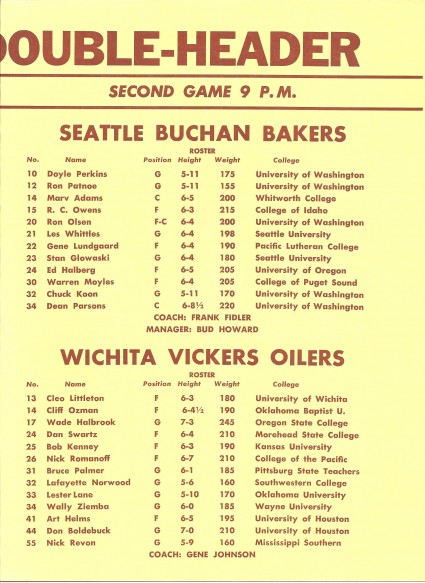
They couldnt even defeat Seattle University one year after claiming the championship. On Jan. 29, 1957, in front of a standing-room-only throng of 6,133 at Civic Arena, the Bakers lost to the Chieftains (more than 1,000 fans were turned away) 76-73 as sophomore Elgin Baylor went for 29 points.
Needing to beef up their schedule in order to attract better players, the Bakers departed the Northwest AAU League after the 1957-58 season and joined the higher profile National Industrial Basketball League, which included the Denver-Chicago Truckers, Wichita Vickers, Phillips 66 Oilers, Akron Goodyear Wingfoots (longtime NBA coach Larry Brown played for Akron), and Peoria Cats.
The switch to the NIBL backfired. The Bakers never again had a winning season, going 10-20 (1958-59), 14-18 (1959-60) and 10-24 (1960-61), despite featuring two All-Americans during that time, Carroll Williams (later became the winningest head coach in Santa Clara history) and Rolland Todd (later the first head coach of the expansion Portland Trail Blazers).
Todd helped Buchan win a marquee, non-AAU game on Dec. 10, 1959 (the game launched the 1959-60 season). The Bakers were selected as one of six U.S. opponents for the touring USSR National Team, preparing for the 1960 Olympic Games in Rome.
In front of 4,000 fans at Hec Edmundson Pavilion, Todd scored the clinching basket with 16 seconds to play as the Bakers beat the Soviets 78-74.
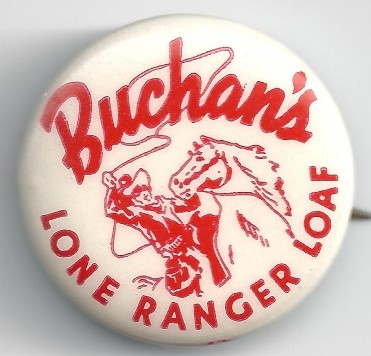
Unfortuntely for the Bakers, AAU opponents gave them more than they handle as the 1960s dawned.
Due to the poor records, Howard found it almost impossible to recruit top local players to the club (in fact, he signed no new ones for what proved to be their final season) and, as a consequence, attendance, never great, dried up.
The final game in Buchan Bakers history occurred on March 23, 1961, when the Bakers lost to the Denver-Chicago Truckers in the quarterfinals of the national AAU Tournament.
For a few weeks after the tournament, Howard attempted to find financial support beyond the Buchan Baking Company to keep the team afloat, but could not.
In April (1961), the NIBL dropped the Bakers from league membership, and then the league itself disbanded operations, a victim of basketballs changing landscape.
At its height, the National Industrial League played at a level a cut above the collegiate brand and only a thin slice below the precision of the best pros.
But the leagues appeal began to wane after the NBA started to sign players such as Bill Russell, Wilt Chamberlain, Elgin Baylor, Oscar Robertson and Jerry West.
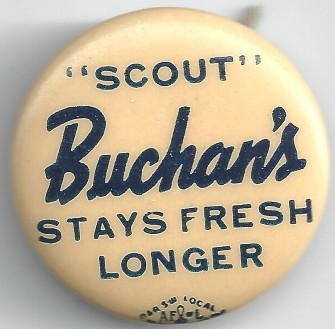
The NBA had also started to stabilize itself financially, and as it offered higher and higher salaries, attracting better and better players, AAU teams became increasingly irrelevant.
AAU teams made their own miscalculations. Many of the sponsoring companies refused to offer management-training opportunities to African American athletes (the Civil Rights Act was still three years away), and thus the best players wouldnt work for them. The falling dominoes from that policy put the AAU out of business in 1968.
Robin Buchan, son of Buchan Baking Company leader George B. Buchan, and Bruce Kitts, George B. Buchans grandson, wrote a book in the mid-2000s titled Long shot: The Story of the Buchan Bakers.
Its an excellent history well written and superbly researched — in which the authors parsed all aspects Buchan Bakers history. Included in their work:
— The Bakers won six consecutive Northwest AAU League titles between 1951-58, and participated in the national AAU Tournament in Denver nine times.
— After the Bakers folded, seven of their former players found jobs in Abe Sapersteins innovative American Basketball League (1961, when the 3-point shot was developed), including R.C. Owens, who also went on to play in the National Football League, principally for the San Francisco 49ers.
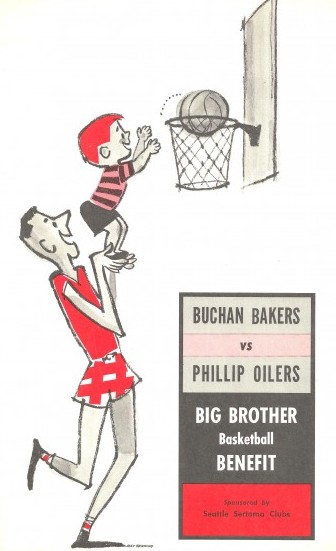
— George Bayer, who spent the 1949-50 campaign with Buchan, became a prominent player on the PGA Tour, winning four tournaments, including the Canadian Open.
— The NBA drafted more than 20 Buchan Baker players between 1951-60, the vast majority of them late-round picks.
— Four Buchan Bakers players earned AAU All-America recognition while representing the bakery: Charlie Koon (1956), R.C. Owens (1957), Carroll Williams (1960) and Rolland Todd (1960).
— Nine ex-UW players played for Buchan at some point after leaving school, including five from the 1953 Final Four team.
— Three members of the 1958 Seattle U. team that lost to Kentucky in the NCAA championship game later played for Buchan.
— Five individuals who played for the Bakers saw time in the NBA, including Dwight Morrison, a 6-8, forward-center from Idaho; Arlen Bockhorn, a 6-4 forward from the University of Dayton; Phil Jordon, the 6-10 center from Whitworth who helped the Bakers win the 1956 AAU national title; Bob Sims, a 6-5 guard from Pepperdine, and John Tresvant, a 6-7 forward-center from Seattle University. Tresvant played with Buchan briefly in 1960-61 after leaving the Chieftains. Tresvant spent nine seasons in the NBA after going to the St. Louis Hawks in the fifth round of the 1964 NBA Draft and also played for the Detroit Pistons, Cincinnati Royals, Los Angeles Lakers and Baltimore Bullets (an interesting note by the authors: Tresvant is the only player to have played for the Buchan Backers and the Seattle SuperSonics).
Tresvant is also famous in Seattle University lore for having pulled down 40 rebounds in a game against Montana State in 1963, the fourth-highest total in NCAA history.
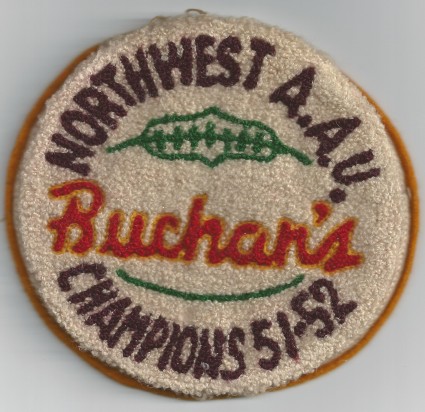
— The Bakers had four head coaches. In addition to Howard, Morris and Fidler, Gene Johnson, a McPhersons’s realtor, coached the Bakers over their final two seasons. Credited with inventing the full-court press, Johnson had been the head basketball coach at Wichita State and for numerous AAU teams (Johnson also served as an assistant coach of the 1936 U.S. Olympic team that won a gold medal in Berlin, and as head football coach at Kansas Wesleyan University).
Even if the NBA hadnt taken over the national basketball spotlight, and even if the Bakers fielded respectable teams after joining the NIBL, changes in the underlying bakery business probably would have doomed them anyway.
In the spring of 1966, the Buchan Baking Company, facing increased competition, merged with Portland-based Orowheat (national headquarters: Los Angeles). Within a few years, Orowheat dropped the Buchan name and the enterprise became Orowheat Bakery.
Today, the brick building where Scottish immigrant George B. Buchan once produced The Good Bread and Bonnie Good Bread with that distinctive green and red Tartan wrapper design is the site of the Wallingford Café.
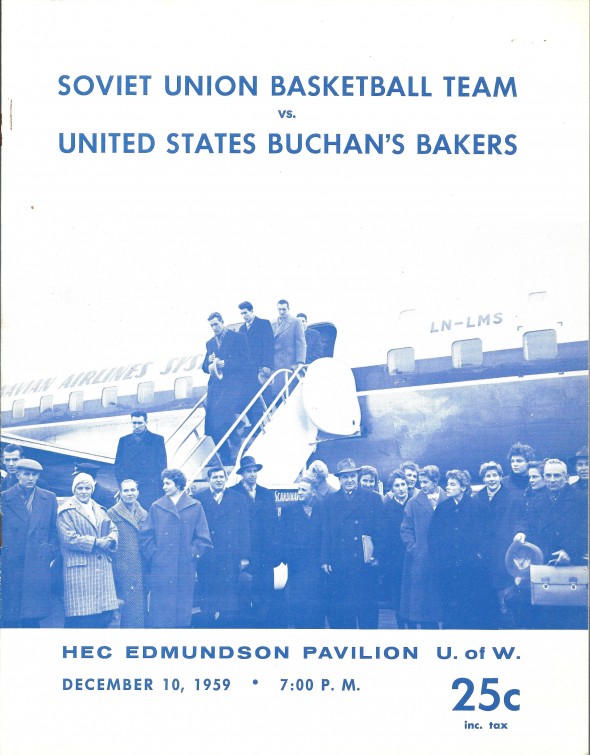
David Eskenazis Wayback Machine Archive. David can be reached at (206) 441-1900, or at seattlesportshistory@gmail.com

7 Comments
Dave
I am fairly the Buchan’s team competed in the Olympic trials before they went to Europe to tour. We left Seattle in early September,1956 and didn’t return until mid November that year. That team didn’t include many of the better players who won the AAU tourney. It was a fun trip; we won all but one of twelve or fourteen games including a few behind The Iron Curtain.
Jim Coshow
Yes, the Olympic trials followed the AAU tournament by two weeks. And, after being on the 1956 AAU Championship team, Jim Coshow played on the Air Force All-Star team that won the 1957 AAU Championship. More information about the Buchan Bakers is on http://www.buchanbakers.com.
Dave
I am fairly the Buchan’s team competed in the Olympic trials before they went to Europe to tour. We left Seattle in early September,1956 and didn’t return until mid November that year. That team didn’t include many of the better players who won the AAU tourney. It was a fun trip; we won all but one of twelve or fourteen games including a few behind The Iron Curtain.
Jim Coshow
Yes, the Olympic trials followed the AAU tournament by two weeks. And, after being on the 1956 AAU Championship team, Jim Coshow played on the Air Force All-Star team that won the 1957 AAU Championship. More information about the Buchan Bakers is on http://www.buchanbakers.com.
I remember the great games at Royal Brougham at SPC, as a kid seeing Elgin Baylor with Westside Ford, Phil Jordan, RC Owens and a lot of the names mentioned. Plus Puhich Cleaners teams with the Puhich brothers.
It was fun as a young teen to watch.
Thank you for reading and visiting our web site. If you have any topics you would like us to explore, please let us know.
I remember the great games at Royal Brougham at SPC, as a kid seeing Elgin Baylor with Westside Ford, Phil Jordan, RC Owens and a lot of the names mentioned. Plus Puhich Cleaners teams with the Puhich brothers.
It was fun as a young teen to watch.